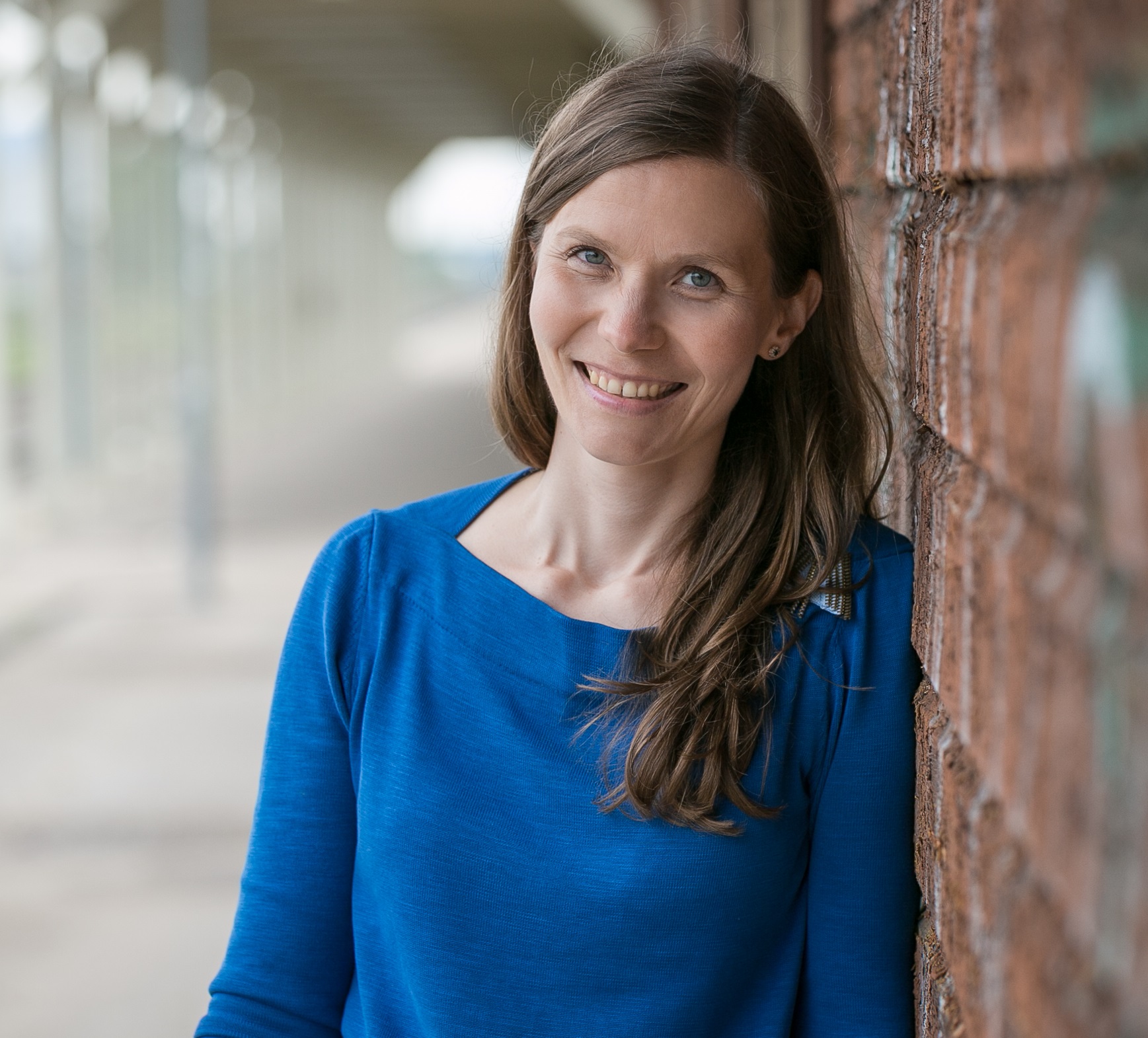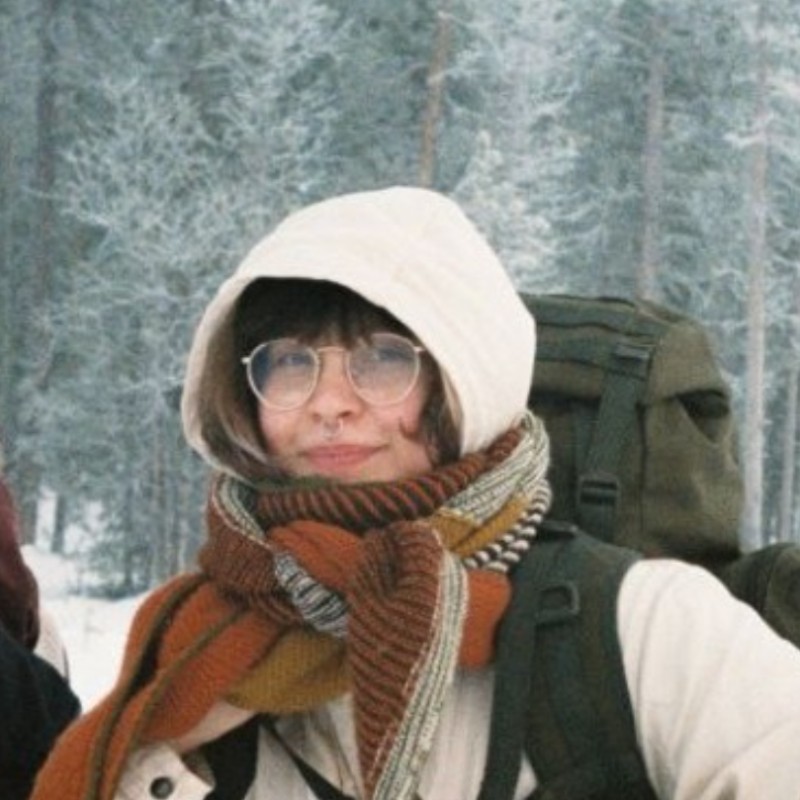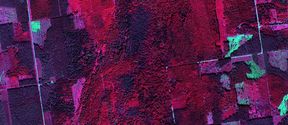Remote Sensing Research Team

Projects
Boreal peatlands from space: towards a new era of spectral characterization (PEATSPEC)
Research Council of Finland (2021-2025, PI: Rautiainen)
Peatlands spark heated environmental and economic discussions, and they play a major role in climate change mitigation. In 2020, United Nation’s FAO has declared that comprehensive peatland mapping and monitoring are urgently needed – the current monitoring systems are not capable of producing information on peatlands’ status and diversity. The PEATSPEC project will grasp the exciting opportunities to monitor peatlands from space created by the availability of new satellite data and technologies. Our objectives are to create a fundamental understanding of how novel satellite remote sensing techniques can be used to characterize properties of plant communities and their spatial and seasonal changes in different types of boreal peatlands. Furthermore, using time series of satellite data, PEATSPEC will produce the first spatially continuous assessment of how boreal peatland management is connected to albedo (“reflectivity”).

Artificial Intelligence for Twinning the Diversity, Productivity and Spectral Signature of Forests (ARTISDIG)
Research Council of Finland (Funded by the European Union – NextGeneration EU) (2022-2024, PI: Rautiainen)
The ARTISDIG project will pioneer the science behind a digital twin of the Earth’s forests, capturing their diversity, growth and productivity. New scientific results will enable to integrate forest biodiversity in the Digital Twin Earth, which is being implemented via the Destination Earth (DestinE) initiative as a part of the European Green Deal. ARTISDIG will develop novel methods to quantify and monitor boreal forests’ structural and spectral variation by applying AI-based algorithms to interpret satellite data. The ground-breaking idea is to combine physical and AI models, which has been identified as a significant scientific challenge in the forthcoming years. Our interdisciplinary consortium brings together experts of digital twins and remote sensing (VTT), forest sciences and statistical analyses (Natural Resource Institute Finland), and artificial intelligence and vegetation spectroscopy (Aalto University).
Transferable models for remote sensing of forest biomass with spaceborne lidar (TransfeRS)
Research Council of Finland (2024-2028, PI: Hovi)
Our project develops new methods for remote sensing of forest above-ground biomass. We will use satellite laser sensors to provide regional estimates of biomass and its change 2003–2027 for the entire European boreal forest zone. Satellite lasers can directly measure tree heights and forest canopy densities. Statistical and physically-based models are used to convert these measurements into accurate estimates of biomass. Special attention is paid to model transferability, which guarantees that the predictions are reliable for different types of forests. Regional estimates of biomass change and its components are calculated for the Nordic and Baltic countries, as well as European Russia. Our project will help to improve and harmonize the quality of European forest resource information. The consortium partners are University of Eastern Finland and Aalto University.
Biodiversity and albedo of forests: from hyperspectral technologies to climate benefits
Finnish Natural Resources Research Foundation (2024-2026, PI: Hovi)
The project focuses on the effects of biodiversity, biomass, and site fertility on albedo across Finnish forests, from the southern boreal to the arctic zone. We develop new spectral measurement methods, and utilize satellite-based albedo estimates and physically-based forest albedo models to study relationships between forest characteristics and albedo.

From needles to landscapes: a novel approach to scaling forest spectra (FREEDLES)
European Research Council, Consolidator Grant (2018-2024, PI: Rautiainen)
Accounting for vegetation structure – clumping of foliage into shoots or crowns – is the largest remaining challenge in modelling scattered and absorbed radiation in complex vegetation canopies such as forests. Clumping controls the radiation regime of forest canopies, yet it is poorly quantified.
Our project develops a universal method for quantifying clumping of foliage in forests based on detailed 3D structure and spectral reflectance data. Clumping will be linked to photon recollision probability, an exciting new development in the field of photon transport modelling. Photon recollision probability will, in turn, be used to develop a spectral scaling algorithm which will connect the spectra of vegetation at all hierarchical levels from needles and leaves to crowns, stands and landscapes. The spectral scaling algorithm will be validated with detailed reference measurements in both laboratory and natural conditions, and applied to interpret forest variables from satellite images at different spatial resolutions.
Currently, we are one of the very few remote sensing teams in the entire European Union receiving funding from the European Research Council (ERC). ERC supports investigator-driven, bottom-up breakthrough research by individual research teams. Top-level scientific quality is the sole criterion for receiving their funding.
Spectral Diversity Metrics for Boreal Forests (DIMEBO)
Research Council of Finland (2019-2022, PI: Rautiainen)
Hyperspectral remote sensing, or imaging spectroscopy, is rapidly becoming one of the most promising approaches for non-destructive and inexpensive monitoring of plant diversity across spatial and temporal scales. This project grasps the exciting opportunities available for scientific discoveries at the interface of hyperspectral remote sensing and biodiversity studies. The goal of the project is to develop a novel methodology for characterizing woody plant and lichen spectral diversity based on data collected with new mobile hyperspectral cameras and spectrometers, and apply it to mapping species diversity of boreal forests using remote sensing data. The project applies a new combination of disciplines – spectroscopy, remote sensing and taxonomy – and is carried out in collaboration with scientific partners from universities and research institutes in Finland and abroad, and a leading spectral imaging company.
Seasonal dynamics of the boreal region from space: connecting forest albedo to structure and productivity throughout the phenological cycle (BOREALITY)
Research Council of Finland (2015-2019, PI: Rautiainen)
Vegetation cover and land-use changes alter the surface albedo, or the extent to which incoming solar radiation is reflected back to the atmosphere and outer space. Even though land surface albedo is a critical variable affecting our climate, it is still among the main uncertainties of the radiation budget in current climate modelling. Research results call for immediate attention to more reliable quantitative predictions of the effect of forests on albedo in the entire boreal zone.
Our project develops an interdisciplinary methodology for assessing boreal albedo and its seasonality based on forest inventory data, forest reflectance modelling and Earth observation data from Eurasia and North America. The project connects satellite-based albedo products to phenological cycles and productivity of boreal forest vegetation, and furthers the understanding of how forest management actions influence albedo.
Optical synergies for spatiotemporal sensing of scalable ecophysiological traits (SENSECO)
COST Action, (2018-2022)
Vegetated ecosystems largely mediate terrestrial gas and energy exchange at the atmosphere-biosphere-pedosphere interface. Information on vegetation status, health and photosynthetic functioning is fundamental to model the dynamic response of vegetation to changing environmental conditions, necessary for climate change and food security studies. Satellite and airborne sensors provide the opportunity to collect spatially continuous information of vegetation globally. This COST Action develops the capabilities for interpretation of multi-sensor and multi-scale satellite and airborne data. We also develop common protocols for community use.
Team members




Publications
Find more information on our research and publications in the Research database by clicking on the names of the team members above.
Doctoral dissertations
- Susanna Karlqvist (2024-): Peatland moisture estimation through multi-scale hyperspectral remote sensing
- Pinja Emilia Lämsä (2023-): Remote sensing of northern mustelids
- Sini-Selina Salko (2022-): Spectral characterization of boreal peatlands
- Jussi Juola (2020-2023): Hyperspectral imaging of tree stems
- Daniel Schraik (2018-2022): Clumping in forest radiation regime models
- Petri Forsström (2018-): Multiangular spectra of forests at multiple scales: analysis of multiangular spectral data collected in lab and in situ, from leaves to entire forests
- Sara Alibakhshi (2016-2020): Remotely sensed monitoring of land surface albedo and ecosystem dynamics
- Hadi (2015-2018): Satellite optical remote sensing of forest canopy cover in boreal and tropical biomes
Open data
We have published open data sets on e.g., spectral properties of tree leaves, needles and bark, and forest understory and lichens, available in Mendeley Data and in Finnish Fairdata Services.

Instrumentation
Our team has wide expertise in field and laboratory measurements of plant spectra and forest structure.
We have a dark laboratory room and a pool of spectral measurement devices needed for field and laboratory measurements of plant spectra. Our instruments include e.g., spectroradiometers (350-2500 nm), single and double-integrating spheres, laboratory lamps, reference standards, and a mobile hyperspectral camera.
For forest structure measurements, we have e.g., standard forest inventory devices, a terrestrial laser scanner, LAI-2200 Plant Canopy Analyzer and equipment for hemispherical digital photography.
Contact
If you are interested in scientific collaboration, or our spectral data sets or codes, please get in touch with us!
Professor Miina Rautiainen
Aalto University, School of Engineering, Department of Built Environment
[email protected]
Twitter: @miinaraut
Videos
Related news

How to see trees and plants in a whole new light
A hyperspectral snapshot captures all the light in a scene, not just colours or infrared light. The extra information is useful in many applications, from agriculture and conservation to forensics and food safety.
New remote sensing method helps monitor the results of peatlands rehabilitation
Aalto University researchers have led the application of a new remote sensing method for monitoring the effects of rehabilitation efforts of petlands,
An encounter between a photographer and remote sensing specialists led to a book on forests, vision and the purpose of science
Where one person sees a beautiful bark surface, another person sees raw data, says Sheung Yiu, who took the photographs for the Ground Truth book.
Albedo matters for the climate and forestry can have an impact on it
A research project conducted by Aalto University found that favoring broadleaved species in boreal forestry is a climate-friendly option when considering the forest albedo. Therefore, forest management actions can directly affect forest albedo, and hence the climate, without decreasing forest productivity.- Published:
- Updated:









